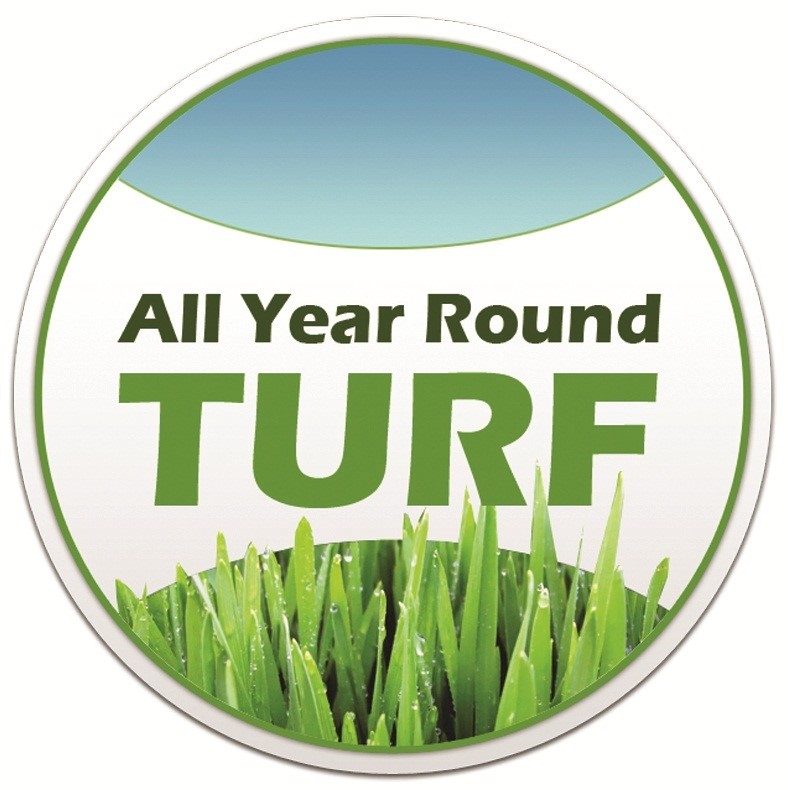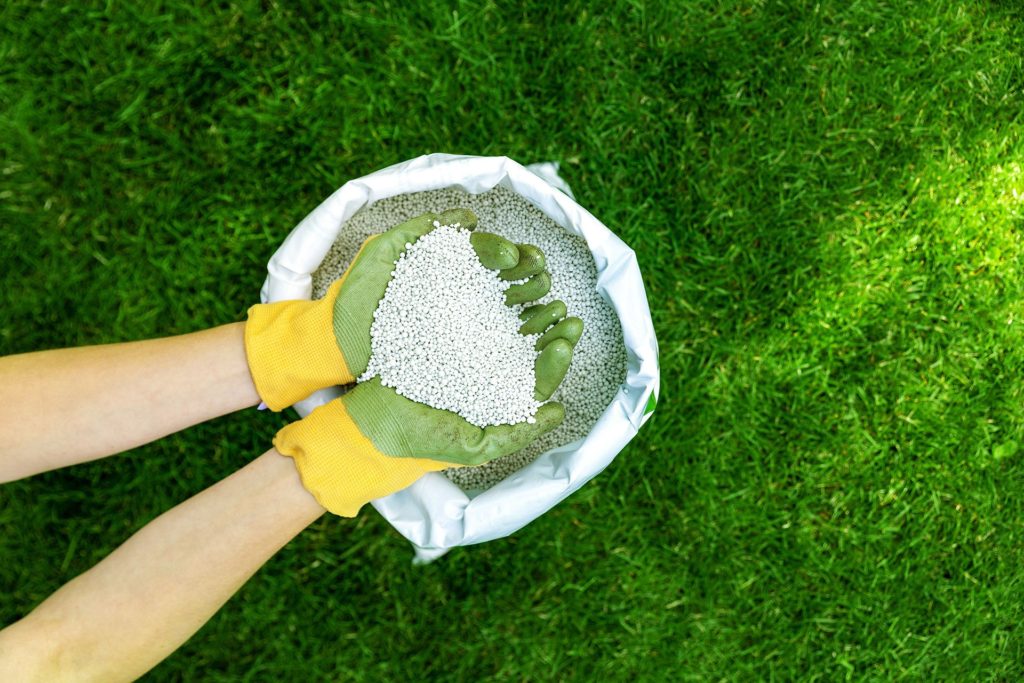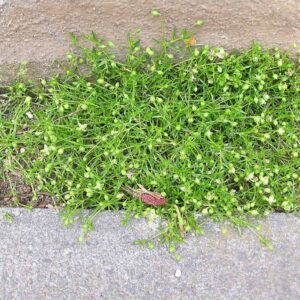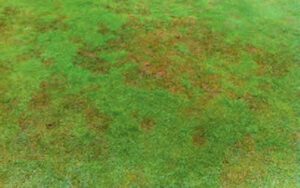Properly fertilising your lawn will keep it vibrant, green, and healthy. While fertilising your lawn seems straightforward, attention to the small details will get you the best results. Follow these tips from the lawn experts at All Year Round Turf, and you will soon have a lawn that’s the envy of the neighbourhood:
- Timing
- Types of fertilisers: liquid and granular
- Watering
Best Times to Fertilize
Different grass species will respond differently depending on the season and when you fertilise. Common warm-season grasses like buffalo, Kikuyu, couch, and zoysia will respond to feeding better during mid-spring, which is their post-winter growing season.
Feed your lawn again in summer, late January, or Australia Day. A third feeding in Autumn will give your yard another boost and prepare it for the winter.
Types of Fertilisers
Fertilisers are available in two varieties: granular and liquid, and they need to be used differently to get the maximum benefit.
Granular Fertilisers
Granular fertilisers are widely available and popular because of their ease of application. They have a slower absorption rate, perfect for delivering nutrients over an extended period.
Measure your lawn to ensure you apply the right amount of fertiliser, and always read the manufacturer’s directions. A fertiliser spreader is an excellent tool for getting an even spread or using controlled hand motions if you are doing it manually.
Ensure good coverage by walking up and down your lawn for the first application. Reverse your direction and go across your previous path for the second application.
Liquid Fertilisers
Liquid fertilisers are great for a quick burst of nutrients, as the leaves can absorb the fertiliser directly. As with granular fertilisers, you should measure your lawn and only apply the recommended volume.
Be mindful of the width of the spray during application and systematically travel over your yard as you spray to avoid overlapping in areas. Knapsack sprayers, watering cans or 2L hose-on sprayers are all excellent options.
Watering
Give your hard surfaces like patios and pathways a sweep before watering. Doing this will ensure that residual fertiliser won’t leave any stains when it dissolves. The next step is to water in the fertiliser, which is critical to prevent burning the grass leaves.
Not all fertilisers require watering in, but these are the exception rather than the norm. Check the product label if you are unsure.
Use a hose or a sprinkler, or time the application to just before rainfall if possible. Relying on rain can be tricky. Too much could wash the fertiliser away before it can do any good, but 5 – 10 ml of rain will be just right. Over the next few weeks, you should see your hard work pay off in a lush, green, and healthy lawn.




